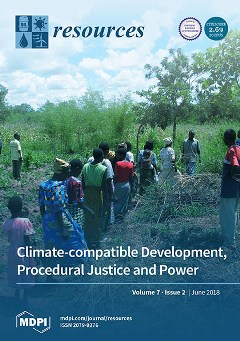Pore structure has a significant influence on coal-bed methane (CBM) enhancement. Injecting liquid CO
2 into coal seams is an effective way to increase CBM recovery. However, there has been insufficient research regarding the damage effects and fractal characteristics of pore structure at
[...] Read more.
Pore structure has a significant influence on coal-bed methane (CBM) enhancement. Injecting liquid CO
2 into coal seams is an effective way to increase CBM recovery. However, there has been insufficient research regarding the damage effects and fractal characteristics of pore structure at low temperature induced by injecting liquid CO
2 into coal samples. Therefore, the methods of low-pressure nitrogen adsorption-desorption (LP-N
2-Ad) and mercury intrusion porosimetry (MIP) were used to investigate the damage effects and fractal characteristics of pore structure with full aperture as the specimens were frozen by liquid CO
2. The adsorption isotherms revealed that the tested coal samples belonged to type B, indicating that they contained many bottle and narrow-slit shaped pores. The average pore diameter (APD; average growth rate of 18.20%), specific surface area (SSA; average growth rate of 7.38%), and total pore volume (TPV; average growth rate of 18.26%) increased after the specimens were infiltrated by liquid CO
2, which indicated the generation of new pores and the transformation of original pores. Fractal dimensions D
1 (average of 2.58) and D
2 (average of 2.90) of treated coal samples were both larger the raw coal (D
1, average of 2.55 and D
2, average of 2.87), which indicated that the treated specimens had more rough pore surfaces and complex internal pore structures than the raw coal samples. The seepage capacity was increased because D
4 (average of 2.91) of the treated specimens was also higher than the raw specimens (D
4, average of 2.86). The grey relational coefficient between the fractal dimension and pore structure parameters demonstrated that the SSA, APD, and porosity positively influenced the fractal features of the coal samples, whereas the TPV and permeability exerted negative influences.
Full article





